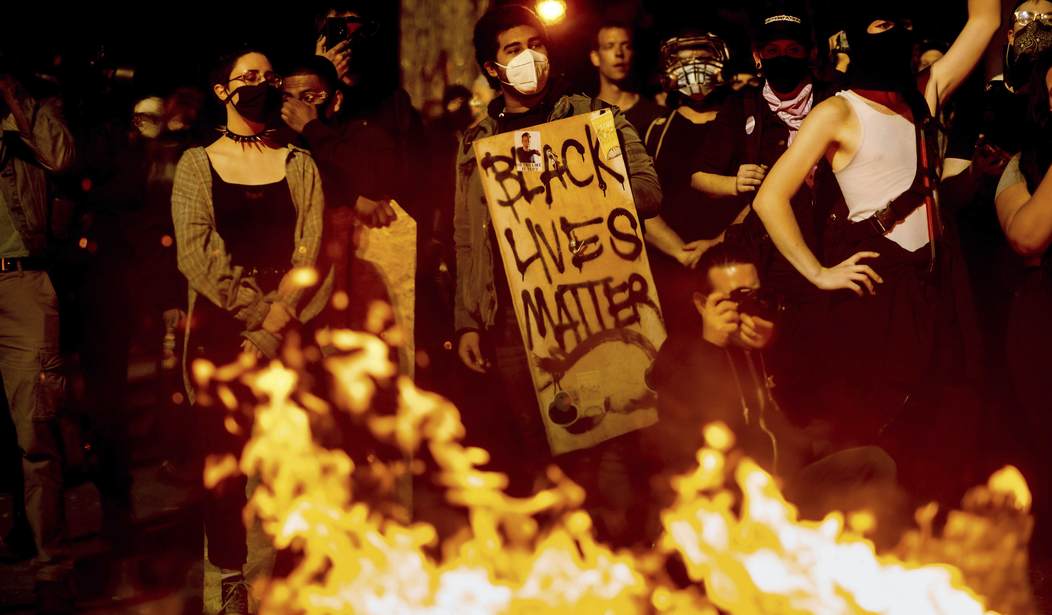According to LinkedIn, hiring for Diversity, Equity, and Inclusion (DE and I) positions has increased 90% since 2019. The salary range is listed at $72,900-$97,000 and generally requires a bachelor’s degree. A better gig for grievance studies grads than a barista, but probably less impactful. Historically, diversity positions were a nod to political correctness. They rarely resulted in significant differences in any organization’s employee makeup that couldn’t be explained by other demographic shifts. However, having the position helped protect organizations from activists and lawsuits.
The same can be said for what used to be termed as diversity training. The idea in those programs was that you treat people who look different than you based on a concept called unconscious bias. In other words, ideas you are not aware of somehow govern your behavior. As it turns out, this entire concept does not hold up to scrutiny.
Researchers from the University of Wisconsin at Madison, Harvard, and the University of Virginia examined 499 studies over 20 years involving 80,859 participants that used the IAT and other, similar measures. They discovered two things: One is that the correlation between implicit bias and discriminatory behavior appears weaker than previously thought. They also conclude that there is very little evidence that changes in implicit bias have anything to do with changes in a person’s behavior. These findings, they write, “produce a challenge for this area of research.”
Now we are confronting a concept that can’t be measured. “Systemic bias” implies the very way that society and its institutions are organized create a bias against any group other than white, heterosexual males. This requires a belief in the simplistic idea that disparate outcomes result solely from disparate treatment or discrimination. One of the most egregious memes created by this idea is the gender wage gap. Based on a single factor analysis, we are supposed to believe that women make $0.77 for every $1.00 a man makes.
It turns out that wages actually require a multifactor analysis that includes tenure, degree, profession, job level, and whether an employee works full-time or part-time. AEI Scholar Christina Hoff Summers has debunked the concept many times, explaining the flaw in the statistic. When the appropriate factors are taken into account, the wage gap all but disappears.
Following the unrest of the summer and based on proposed business reporting guidelines for “stakeholder capitalism” from the World Economic Forum, the drumbeat for organizations to bring in DE and I staff is getting louder. Again, to fend off activists and lawsuits, employers are obliging. Except now, they are inviting the activists to roam their hallways. Implementing so-called anti-racist policies looks very different from developing a recruiting strategy to attract more women and minority candidates or creating a development plan for high potential ones.
To be anti-racist, an organization must actively look for examples and seek to remedy them. Instead of training that indicates you may have misconceptions that you are unaware of and should seek to ensure you fix them in unconscious bias training, organizations will be doing the type of struggle sessions that journalist Christopher Rufo has been chronicling. Employees are divided by race or gender and assigned behaviors based solely on that immutable characteristic. Some sessions have required white employees to admit their complicity in systemic racism and even write statements or apologies.
James Lindsay, the co-author of the book “Cynical Theories,” which chronicles the academic roots of the social justice movement, once said during a speech at a New Discourses conference:
“What the theorists ranging from the Frankfurt School, to the radical new left in the ’50s and ’60s, to the postmodern deconstructionists, to today’s social justice warriors all understand and all count on everyone else not understanding is one simple truth. Constant cynical criticism is a solvent that can dissolve liberal societies.”
After 15 years in Human Resources, I can assure you it will also dissolve what makes organizations productive, profitable, and trusted. We only need to look at the dumpster fire that is now the New York Times to see how this will go. Their woke staffers run the papers editorial and management decisions, causing even decent liberals to leave or get fired. Nearly once a month, some scandal erupts at the paper, and now nearly half of the staff do not feel comfortable speaking freely at work.
We also see this in society at large. According to a Cato Institute study:
Strong liberals stand out, however, as the only political group who feel they can express themselves. Nearly 6 in 10 (58%) of staunch liberals feel they can say what they believe. However, centrist liberals feel differently. A slim majority (52%) of liberals feel they have to self‐censor, as do 64% of moderates, and 77% of conservatives. This demonstrates that political expression is an issue that divides the Democratic coalition between centrist Democrats and their left flank.
Bringing critical theory into organizations will erode trust between employees, causing teamwork to suffer and render the company unable to gather valid employee performance data and employee feedback. Smart organizations will continue to hire the best and brightest people into every position, then pay and promote them according to performance. Effective companies have to maintain features of a meritocracy to perform and grow. DE and I work based on critical theories will erode that meritocracy at an alarming speed.










